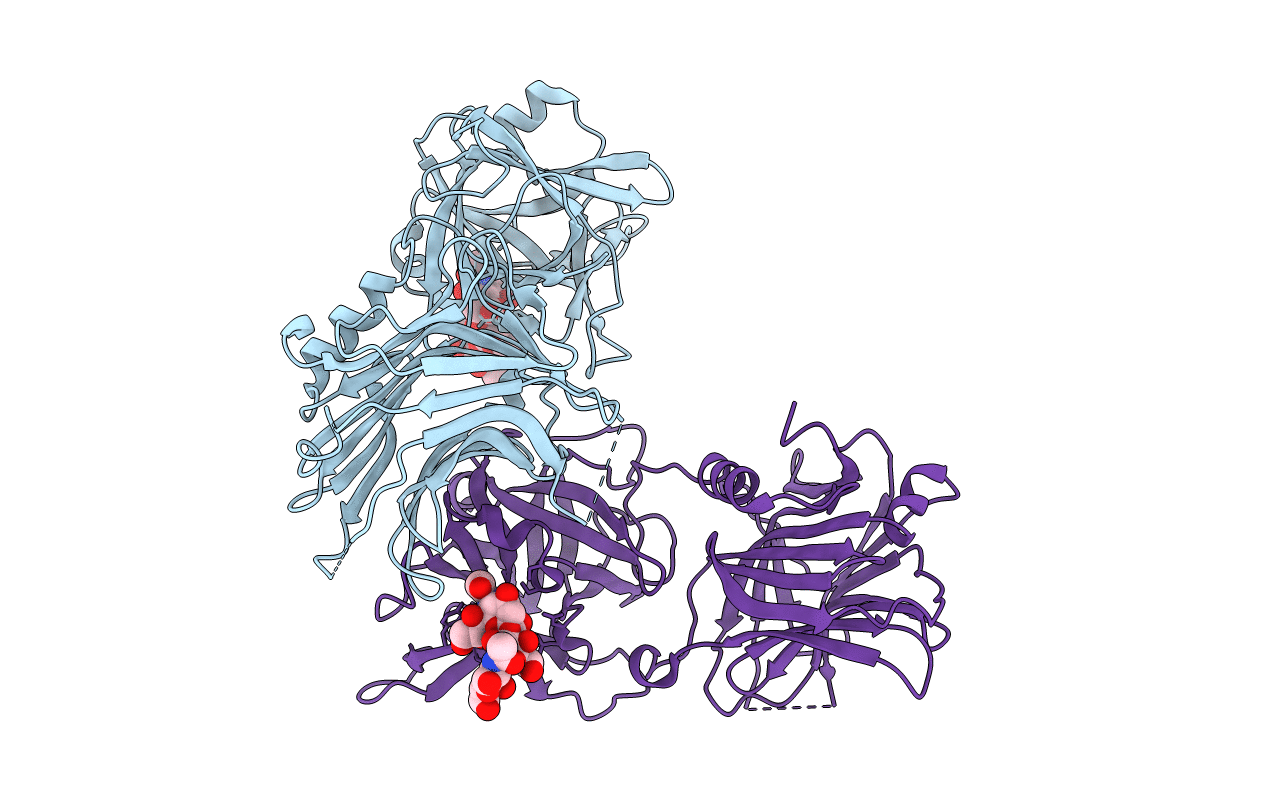
Deposition Date
2016-08-18
Release Date
2017-08-30
Last Version Date
2024-01-10
Entry Detail
PDB ID:
5LR0
Keywords:
Title:
Binding domain of Botulinum Neurotoxin DC in complex with SialylT
Biological Source:
Source Organism:
Clostridium botulinum (Taxon ID: 1491)
Host Organism:
Method Details:
Experimental Method:
Resolution:
2.59 Å
R-Value Free:
0.23
R-Value Work:
0.20
R-Value Observed:
0.20
Space Group:
P 41 21 2


